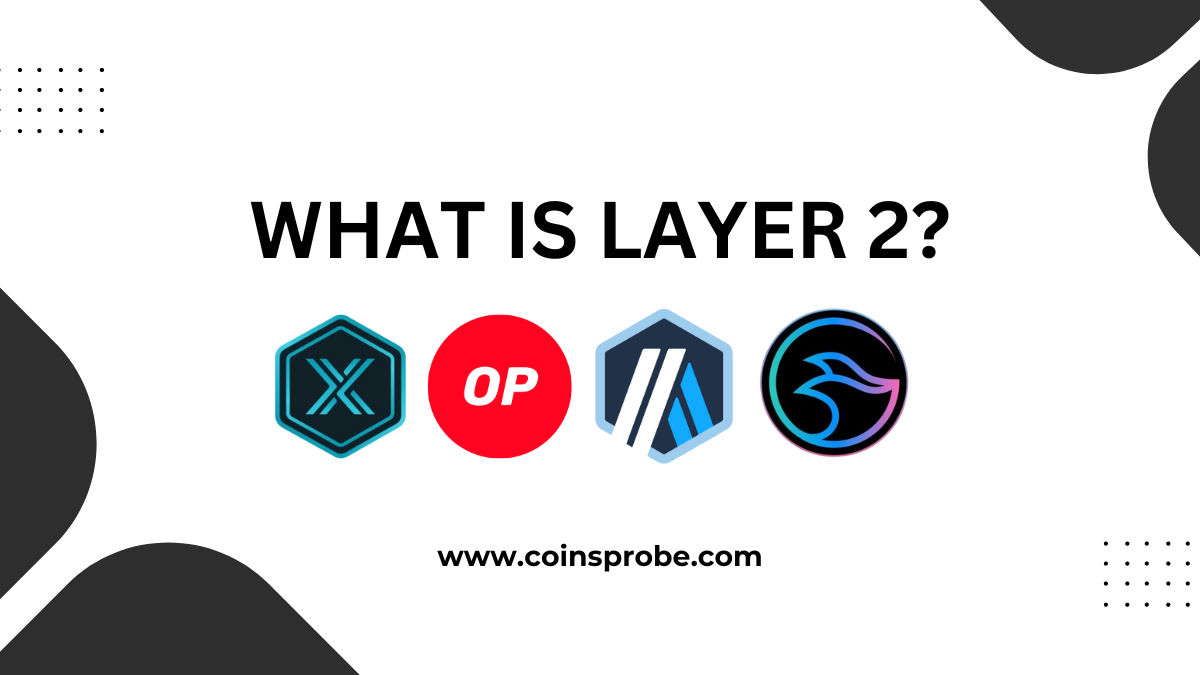
/ Discover Layer 2 solutions: types, benefits, and top coins like Immutable X, Optimism, Arbitrum, and Manta Network. Explore scalability solutions for blockchain.
Author: Nilesh Hembade
Date: 18 Feb 2024, 10:41 AM IST
Introduction: Imagine a bustling highway congested with slow-moving cars, each carrying a single item. That’s how many blockchains operate today, struggling to handle the ever-growing volume of transactions. Enter Layer 2 solutions, the ingenious bypasses that zoom past this congestion, ensuring smooth and speedy operations.
What is Layer 2 and Why is it Necessary?
Layer 2 refers to any off-chain network, protocol, or infrastructure built atop a blockchain, with the primary objective of augmenting scalability by alleviating the burden on the main chain. The need for Layer 2 solutions arises from the inherent scalability constraints of blockchains, where every transaction necessitates verification by all network nodes, leading to potential bottlenecks and increased processing overheads, particularly as network size expands.
Types of Layer 2 Solutions:
Several types of Layer 2 solutions have been proposed or implemented to address blockchain scalability issues:
- State Channels: State channels enable the aggregation of multiple transactions off-chain, significantly enhancing blockchain throughput by requiring only the final state to be recorded on the main chain.
- Sidechains: Sidechains are autonomous blockchains linked to the main chain, facilitating the transfer of transactions between the main chain and sidechains, thereby enhancing scalability.
- Payment Channels: Payment channels facilitate direct off-chain transactions between parties, ideal for microtransactions due to reduced associated fees and faster processing.
Benefits of Layer 2 Solutions:
Layer 2 solutions offer a host of advantages, including:
- Enhanced Scalability: By offloading processing tasks from the main chain, Layer 2 solutions substantially boost blockchain scalability.
- Fee Reduction: Processing transactions off-chain translates to reduced fees, mitigating the computational and network resource demands.
- Improved Security: Layer 2 solutions can implement additional security measures like fraud prevention and dispute resolution, bolstering overall blockchain security.
Drawbacks of Layer 2 Solutions
However, Layer 2 solutions come with certain drawbacks, including:
- Complexity: Implementing and utilizing Layer 2 solutions requires the development of new protocols and software, contributing to increased complexity.
- Risk: Introducing Layer 2 solutions introduces new risks such as fraud and fund loss in the event of channel closure.
- Lack of Standardization: The absence of standardized protocols poses interoperability challenges among different Layer 2 solutions.
Popular Layer 2 Coins and Ecosystems
Several Layer 2 projects have gained prominence in the blockchain space:
- Immutable X (IMX): Immutable X (IMX) is a Layer 2 scaling solution tailored for Ethereum NFTs, leveraging zk-rollups to enhance transaction throughput.
- Optimism (OP): Optimism Utilizes optimistic rollups to batch Ethereum transactions off-chain, thereby improving scalability.
- Arbitrum (ARB): Another Ethereum Layer 2 scaling solution employing optimistic rollups to boost throughput.
- Manta Network (MANTA): Manta Network is a privacy-focused modular ecosystem for zero-knowledge applications, prioritizing privacy, scalability, and secure transactions.
As the technology matures, we anticipate the emergence of more Layer 2 solutions, each contributing to the evolution of blockchain scalability.
In conclusion, Layer 2 solutions represent a promising avenue for addressing blockchain scalability challenges. While still in the early stages, continued innovation and refinement hold the potential to unlock new levels of scalability, efficiency, and security in blockchain ecosystems.
